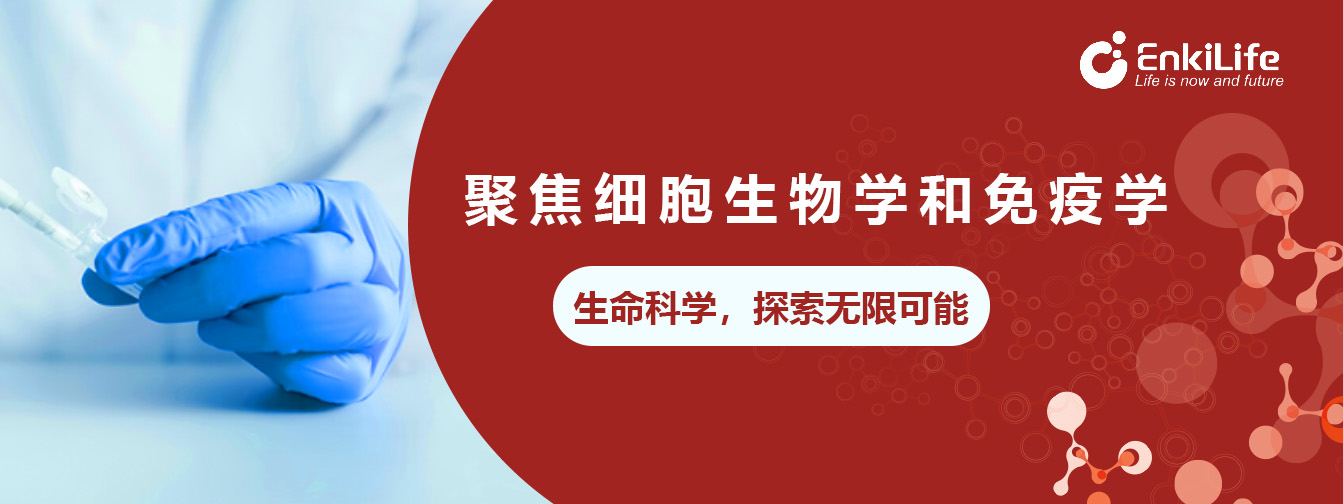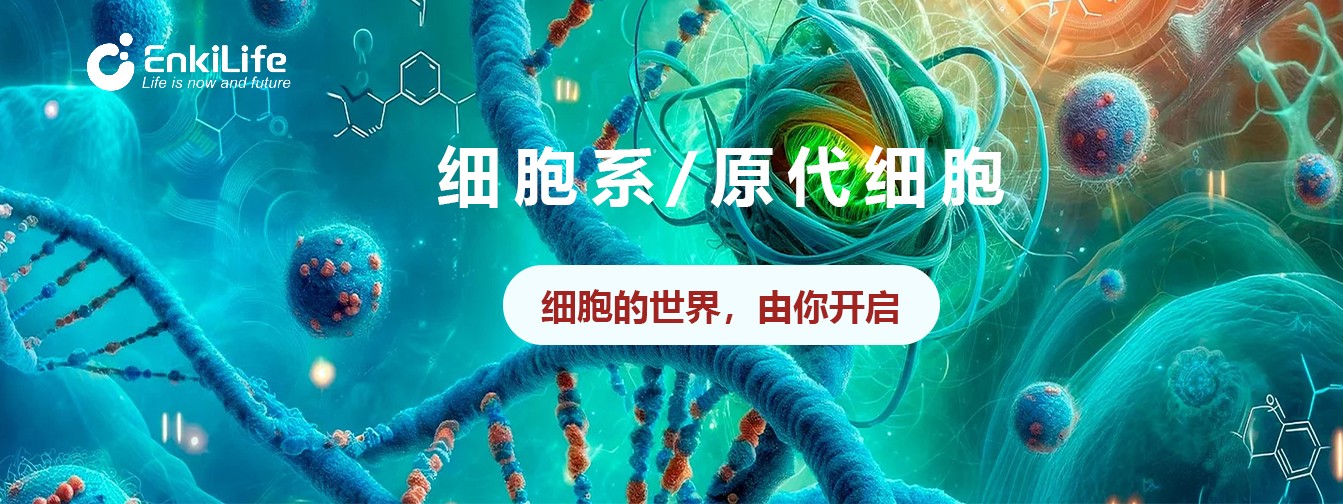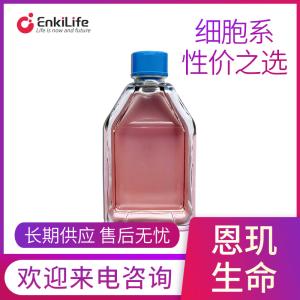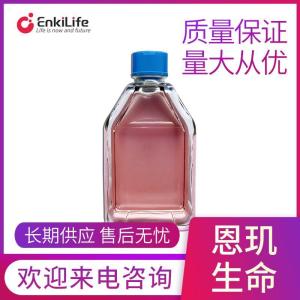
|
- 品牌:EnkiLife
- 产地:中国
- 型号:支
- 货号:PCH90007
- 价格: ¥720/10μg
- 发布日期: 2024-11-30
- 更新日期: 2025-05-22
| 产地 | 中国 |
| 保存条件 | |
| 品牌 | EnkiLife |
| 货号 | PCH90007 |
| 用途 | 细胞培养用细胞因子 |
| 组织来源 | |
| 细胞形态 | |
| 是否是肿瘤细胞 | |
| 保质期 | |
| 器官来源 | |
| 免疫类型 | |
| 品系 | |
| 生长状态 | |
| 物种来源 | |
| 包装规格 | 支 |
| 是否进口 | 否 |
分子别名
Fibroblast growth factor 10;FGF-10;Keratinocyte growth factor 2;FGF10;KGF-2;KGF2
Bioactivity

The ED50 for this effect is ≤10 ng/mL.
背景介绍
Fibroblast growth factor 10 (FGF-10, KGF-2), is a member of the fibroblast growth factor (FGF) family that includes FGF-3, -7, and -22. KGF-2 is secreted by mesenchymal cells and associates with extracellular FGF-BP. It preferentially binds and activates epithelial cell FGFR2 and interacts more weakly with FGFR1. It plays an important role in the regulation of embryonic development, cell proliferation and cell differentiation. It exhibits mitogenic activity for keratinizing epidermal cells, but essentially no activity for fibroblasts, which is similar to the biological activity of FGF7. FGF10 is required for normal branching morphogenesis. Defects in FGF10 are the cause of autosomal dominant aplasia of lacrimal and salivary glands (ALSG). ALSG has variable expressivity, and affected individuals may have aplasia or hypoplasia of the lacrimal, parotid, submandibular and sublingual glands and absence of the lacrimal puncta. The disorder is characterized by irritable eyes, recurrent eye infections, epiphora (constant tearing) and xerostomia (dryness of the mouth), which increases the risk of dental erosion, dental caries, periodontal disease and oral infections.






